Research conducted by the Institute for Energy Economics and Financial Analysis (IEEFA) has revealed that storing carbon dioxide underground is not an exact science. It may carry even more risk and uncertainty than drilling for oil or gas, given the very limited practical, long-term experience of permanently keeping CO2 in the ground.
Oil and gas exploration companies rely on their geophysical survey prowess and analytic capabilities in identifying and updating reserves. However, even in what are thought to be reserve-rich areas, drilling sometimes comes up with dry holes. This is because exploration is an inexact science. There can be no clairvoyance as to what lies below the ground, but rather indications. While exploration is increasingly based on data derived from the most advanced technologies, its outcomes necessarily remain estimates drawn from interpretations and interpolations of subsurface data.
The subsurface areas of Sleipner and Snøhvit are among the most studied geological fields in both oil and gas and CO2 storage globally. More seismic and other forms of subsurface study and monitoring of these two fields have been conducted than nearly any other place on the planet. Over 150 academic papers have been published. Their seismic datasets have been downloaded more than a thousand times.

Energy Innovation Center – Suite 140
1435 Bedford Avenue
Pittsburgh, PA 15219